The key concepts of a Montessori Education

Never help a child with a task at which he feels he can succeed.
“Maria Montessori”
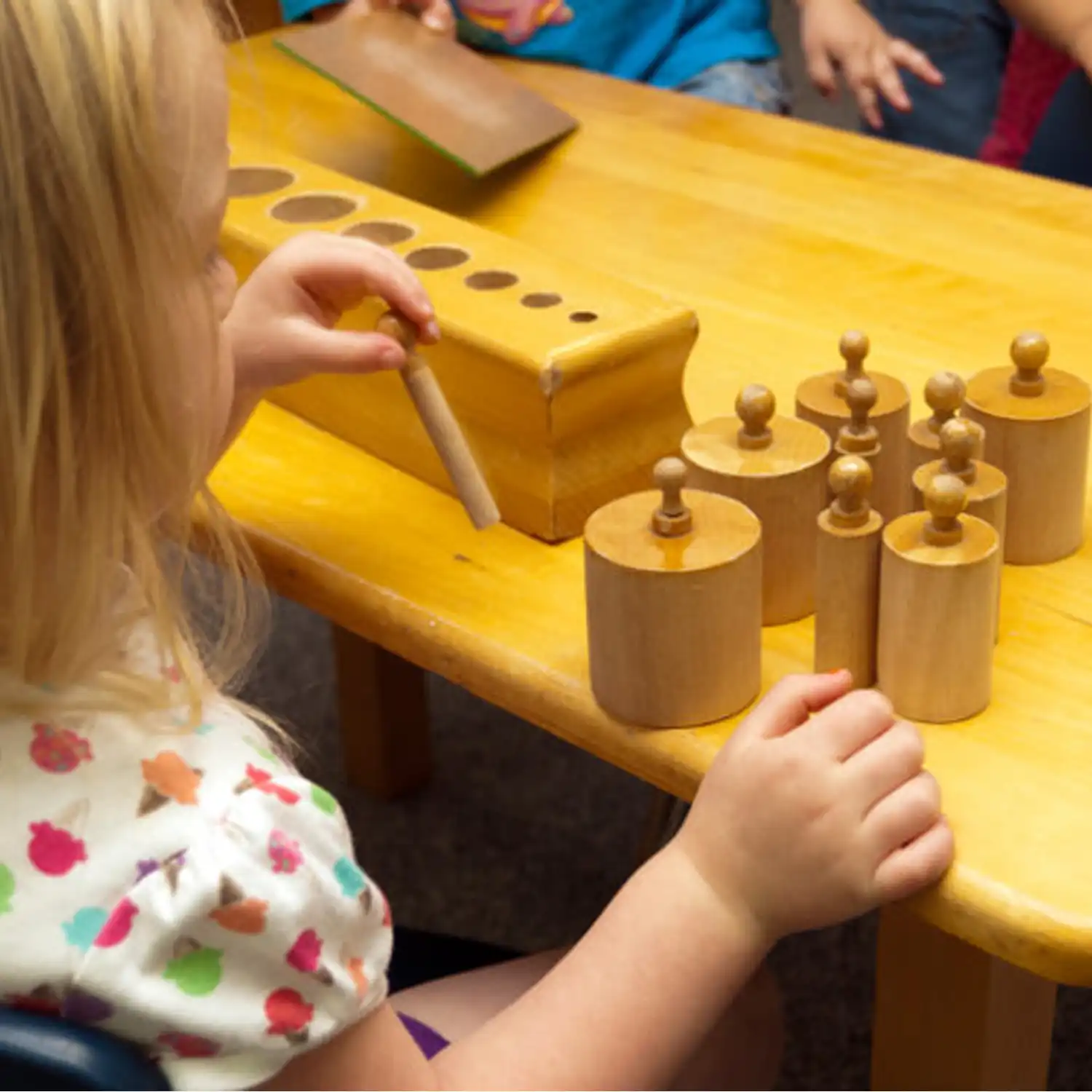
Child Centered
Dr. Montessori’s mantra was “Follow the child.” She knew that children have an innate desire and passion for learning, and that our job as educators is to support this natural process. Our guides (we call our teachers ‘guides’) selectively and carefully design the classroom to foster each child’s independence, and autonomy and competence. The child’s freedom to choose one’s lessons, within limits, nurtures individual initiative and personal responsibility.
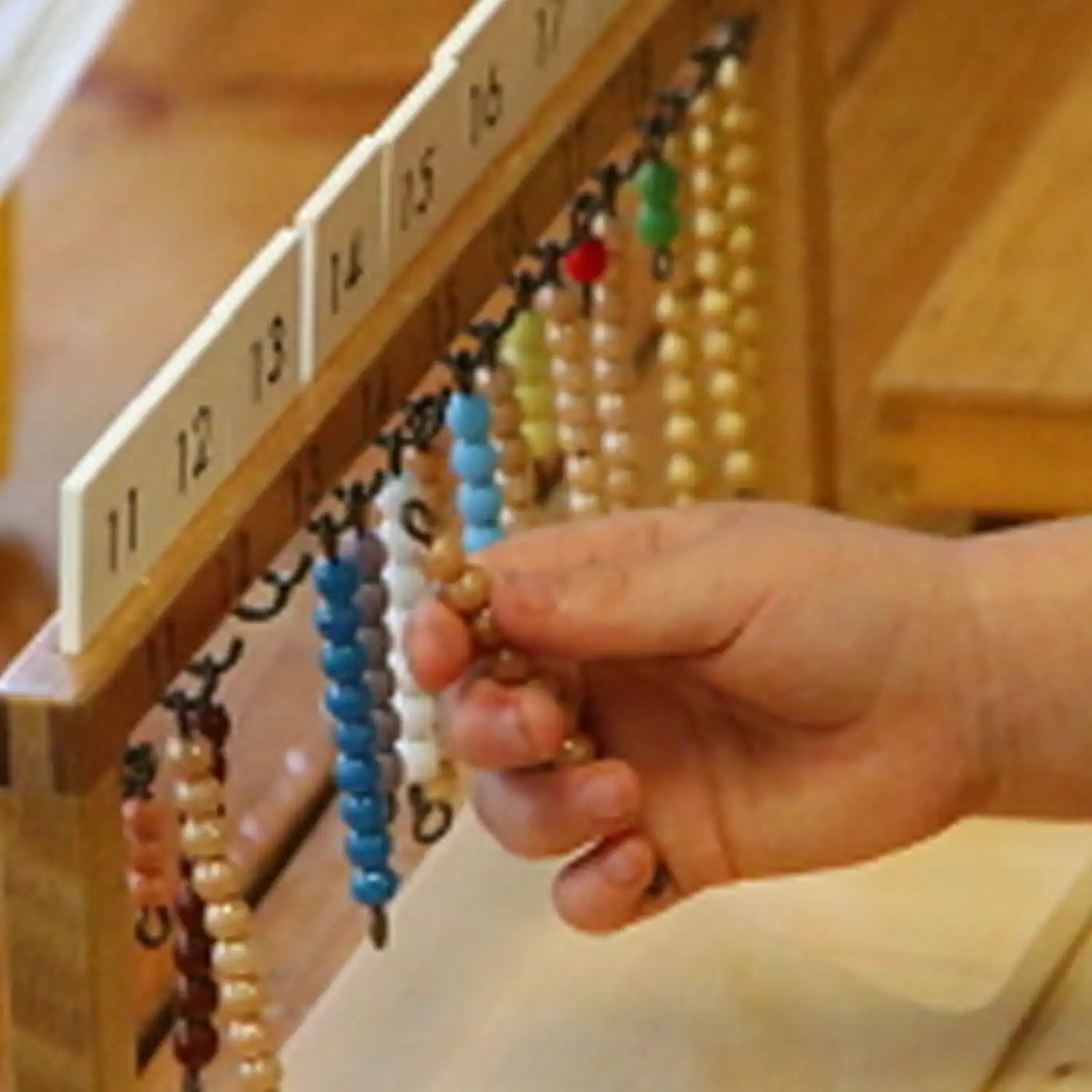
Individualized Learning
Each child learns at his/her own pace. Through individualized learning within uninterrupted blocks of work, the children follow their passions and natural curiosity. With the support of the meticulously prepared classroom and nurturing guidance, balanced within a structure of freedom and responsibilities, the child develops concentration, inner discipline, internalization of the learning and metacognition (thinking about thinking).

Integrated, Spiraling Curriculum
From toddler through elementary, the children are exposed to interrelated topics repeatedly over time. with each repetition, a new piece of information or complexity is added so the children are brought into an expanded awareness and understanding of the concept. In this way each level of mastery builds on each other, leading the child to continuous new insights, discoveries, competence and confidence.
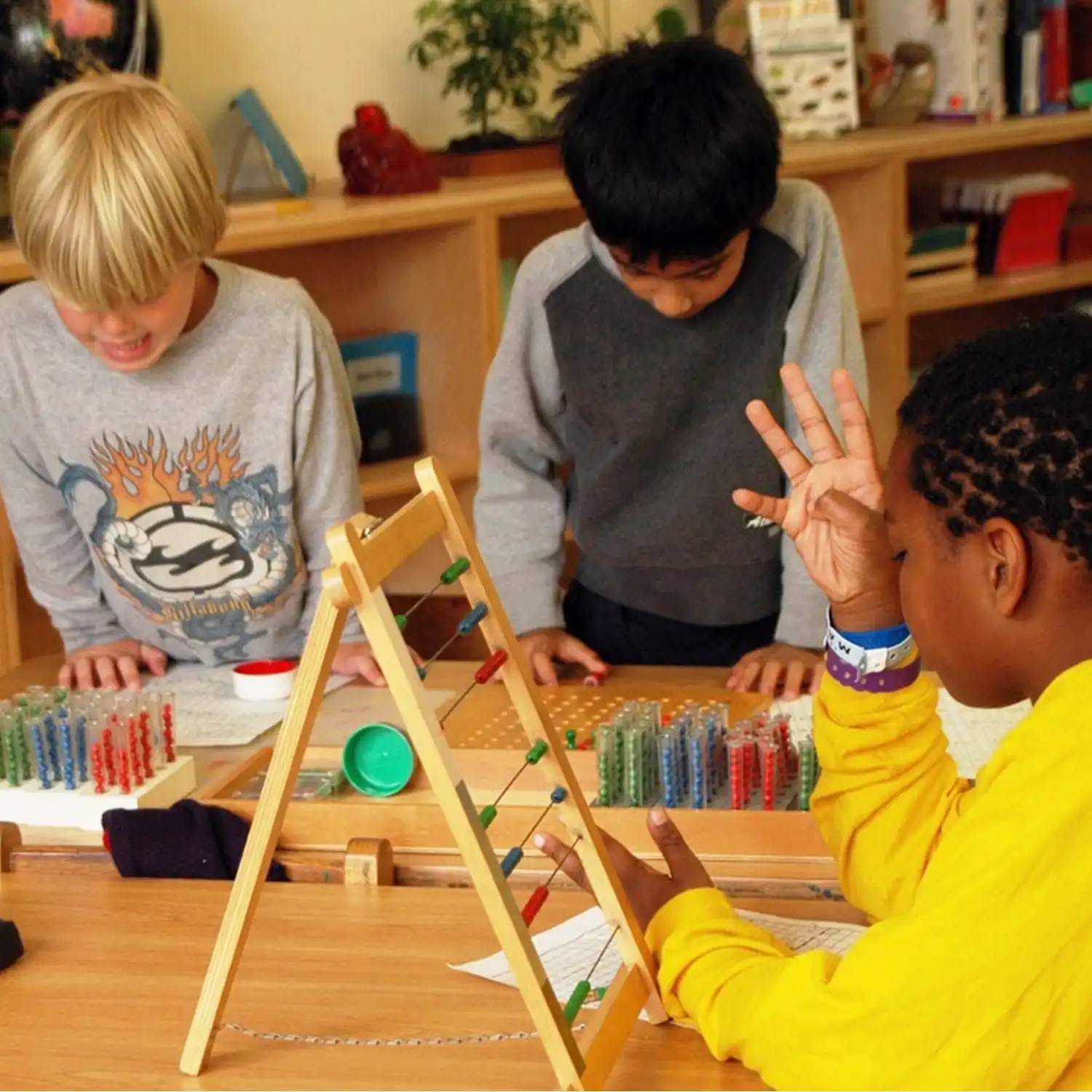
Multi-Age Groupings
Students of multi-age, usually 3-year groupings, are in a classroom community where they naturally learn with and from each other. The atmosphere in the classroom is one of collaboration and cooperation. The older children freely share their knowledge, which not only benefits the younger children, but also deepens the older child’s knowledge and enhances their leadership and confidence.
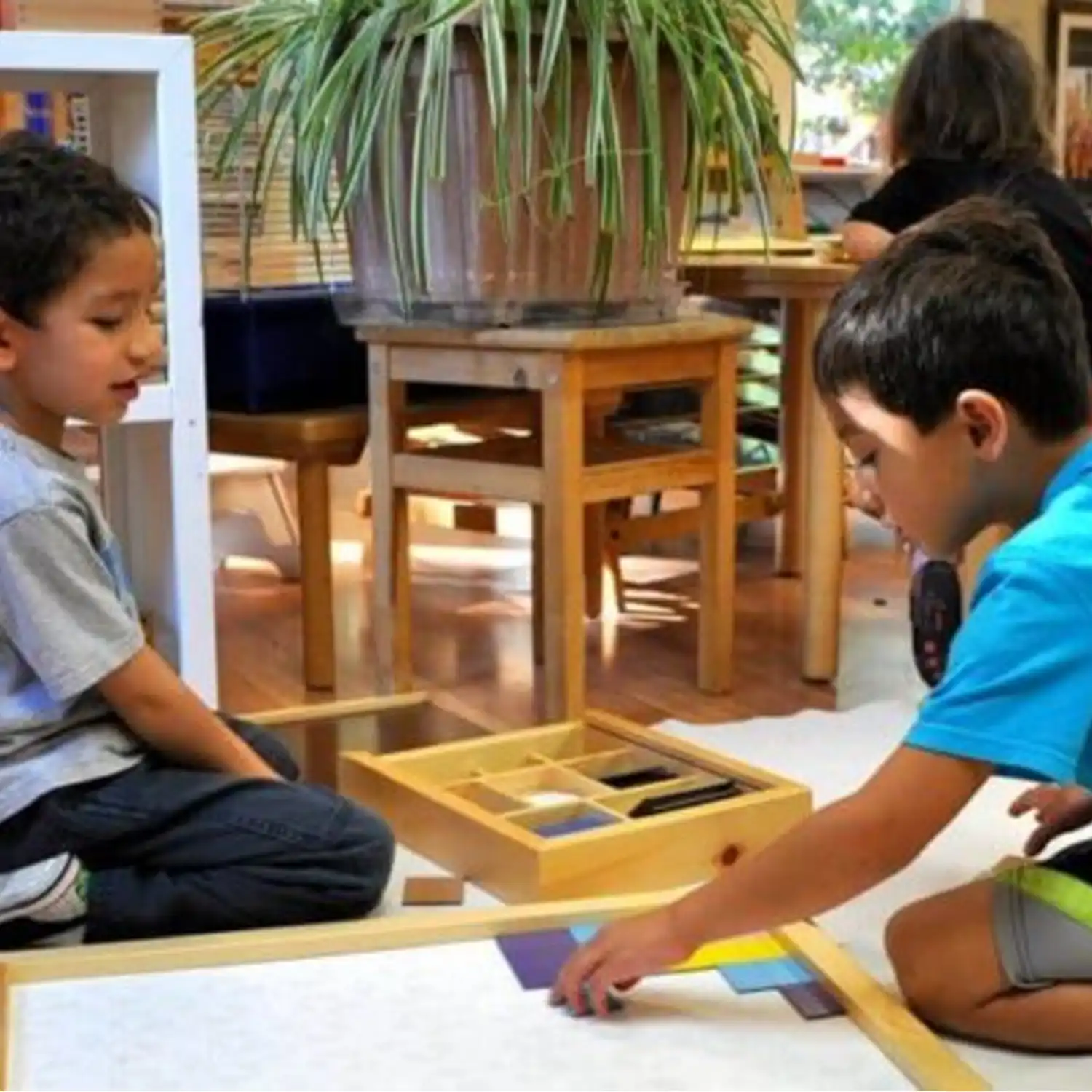
3-Years Cycle
Children experience consistency through their three-year cycle, with their teachers, peers and classroom environment. There are many benefits to this, not the least of which is the deep connections children develop with their teachers. The teachers, in turn, truly and deeply get to know each student, intimately understanding how each child learns best and can provide the appropriate next learning experience oat precisely the right moment. The third-year, we call it the capstone year, is the culmination of this learning, a time when the child has internalized these early concrete experiences, creating a strong foundation for the future learning.
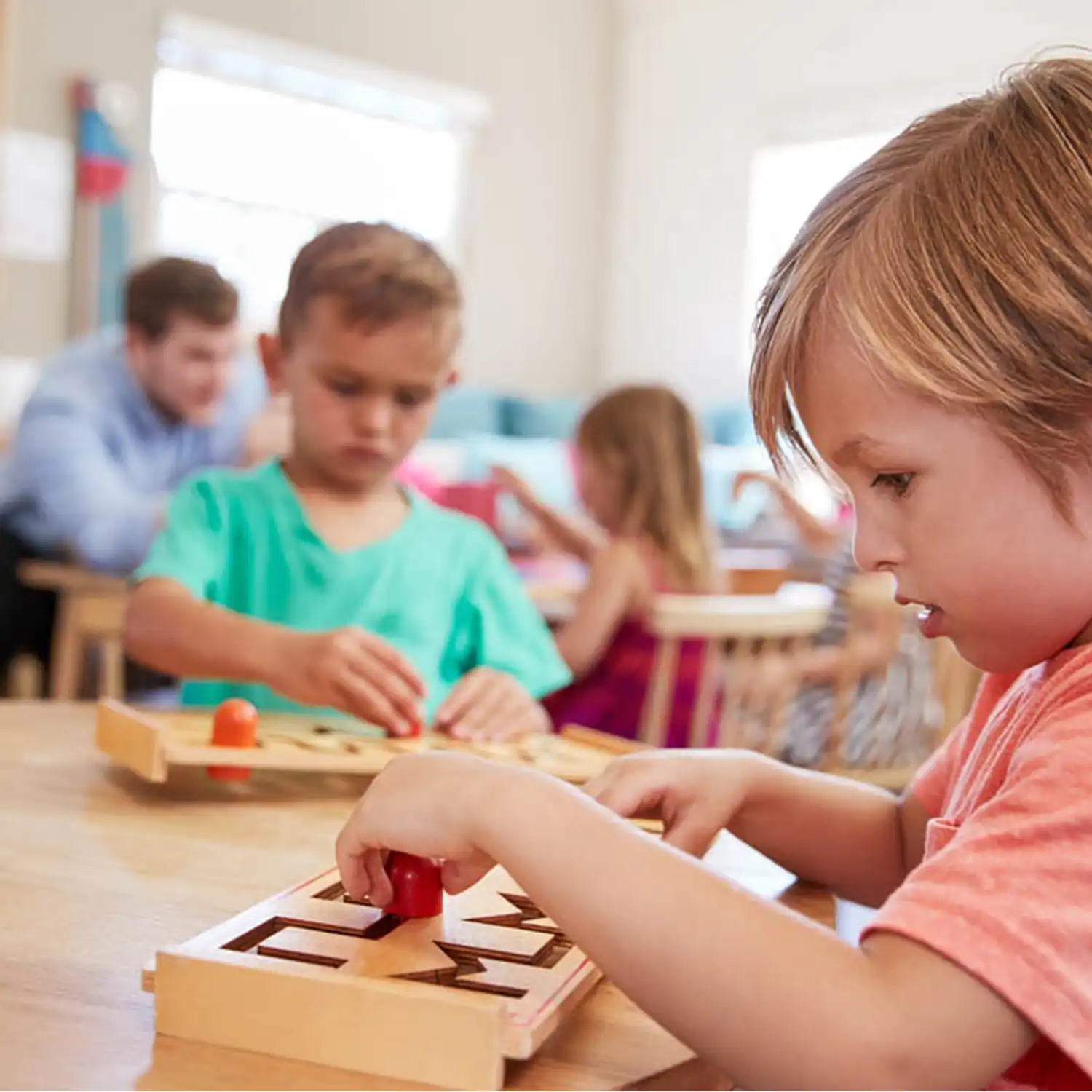
Hands-On Learning
Children learn through their senses, they satisfy their natural curiosity by touching and manipulating concrete objects. Because of this, Dr. Montessori created a unique approach to education that is developmentally appropriate, hands-on, interactive and sensory based
